
- Financial
Sherpur doubles maize crop 'Babycorn'
- Financial
- 22 April, 2021 14:07:54
Sherpur Correspondent: In Sherpur, an area rich in agriculture and food, local farmers are seeing the benefits of planting 'Babycorn' this time. Seeing the bumper yield of baby corn crop 'Babycorn' in different areas including char areas of Sadar Upazila, many people are becoming enthusiastic about cultivating baby corn. On the other hand, it is expected that the cultivation of baby corn, which is more profitable with less capital and labor, will increase in the future due to the extension of cooperation by the local agriculture department.
It is known that this low-tolerant crop is more profitable at a low cost in production. It is used as a nutritious food for children and in elite Chinese restaurants. The cost of cultivating baby corn on 1 acre of land is only 40 thousand rupees. And 1 lakh 20 thousand rupees can be obtained by selling the crop. Besides, 22 tons of green trees are available as cattle feed.
Besides, additional crops can be obtained by planting potato, brinjal, red spinach, spinach, and pulses as companion or bonus crops in the space of baby corn trees. Farmers in the char areas of Sherpur are now inclined to cultivate the crop in different parts of the country in the hope of making more profit by cultivating the crop at low cost and labor. Somewhere in the dairy farm, the farmers have planted baby corn themselves to supply raw material food.
As a result, the maize crop 'Babycorn' is now swaying in the soil of different areas including the char areas of Sadar Upazila. On the ground, we talked to Perth Sarathi Kar, a Ph.D. student of Bangladesh Agricultural University who has been successfully planting baby corn in the char lands for the last 3 years and an assistant professor at Sherpur Jamshed Ali Memorial Degree College who received a Bangabandhu Fellowship.
He said about 5 percent of the total land in the country, or about 0.72 million hectares of land is char area. And the chars are mostly sandy soils. The water holding capacity of this soil is very low. This type of land is deficient in organic matter and fertility.
That is why crop production in char areas is also low. Babycorn can be harvested within a maximum of 100 days from the time of sowing. He further said that the main cropping pattern (crop arrangement) of the charred area is twelve paddy and fallow Aman paddy.
Aman paddy season is prone to flash floods. Boro paddy production is also not profitable due to water scarcity. Yet farmers are forced to cultivate boro paddy for their food and cattle feed. "Babycorn is a short-term crop," he said. It can be cultivated as a cash crop. ‘Babycorn’ soup is a popular dish in elite Chinese restaurants. Babycorn is a very popular food in America and European countries. And this food product has to be imported to our country from China and India.
Now there is a good chance of earning foreign exchange by exporting this product from this country. Amin Uddin, a farmer from Kulurchar village in Sadar Upazila, said, "Babycorn is more profitable with less capital."
Additional crops can be obtained by sowing crops from one acre of land at a time, green trees as cattle feed, potato, brinjal, and pulses in different parts of the cultivable land. That is why there is double profit on the profit of ‘Babycorn’ cultivation. Farmers Siraj Ali, Hasan Ali, and Mojibur Rahman said that the seed-to-seed distance between the rows of baby corn is 75 cm and 25 cm.
In those 75 cms between two rows, one or two rows of round potatoes can be planted. Instead of round potatoes, spinach and spinach can also be cultivated. Farmers Bazlur Rahman Dulal and Bakki Billah said that it takes less water to cultivate 'Babycorn' than paddy. It goes without saying that there is no infestation of insects and diseases.
And sowing Babycorn can be taken home within a maximum of 100 days from the time. Babycorn is collected while the tree is green, so its stems and leaves can be used as cattle feed. That cow food can be stored for 3-5 months especially. This will meet the cattle feed needs of the chart basis. According to a senior scientific assistant at the Center for Agricultural Research, 85 percent of chemical fertilizers and 25 percent of organic fertilizers have yielded the best yields in baby corn. Mohammad Shakhawat Hossain, an official of the BINS Project of World Vision Bangladesh, said that pulses can be cultivated in the cultivable land of Babycorn.
In this way, the farmers can get baby corn, cow feed, and pulses from the same land at the same time i.e. a total of 3 crops. Since char lands are almost barren, pulse crops directly collect atmospheric nitrogen and release it into the soil, resulting in increased soil fertility. On the other hand, pulses reduce soil erosion, control weeds, reduce pests and diseases, and improve land-use efficiency.
Above all, sustainable agriculture will be created in the char areas. Bangladesh Agricultural University teacher and baby researcher Professor. Abdul Quader said that if paddy is cultivated, the field has to be watered twice a day. In that case, baby corn cultivation can be done only by water 3 times in a season. Therefore, for those fallow lands in the char areas or the farmers do not see any profit by cultivating other crops, ‘Babycorn’ is the ideal planting.
In response to a question, he said that the demand for baby corn has already been created in the market. Now he is working to connect the farmers with the chain shops of the country. In this regard, Deputy Director of the District Agriculture Extension Department Mohit Kumar Dey said that in some areas of Sherpur, including the char areas, the maize crop 'Babycorn' has been planted.
Local farmers are also becoming enthusiastic as it is now profitable to cultivate it in a short time, cost and effort. Therefore, to increase the cultivation in the future, there will be cooperation with all kinds of suggestions from the Department of Agriculture.

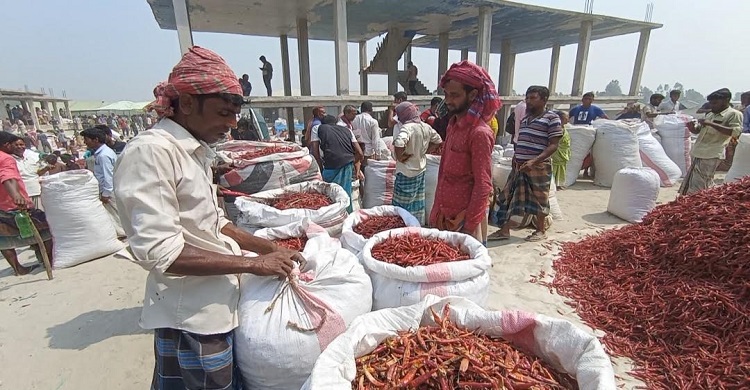




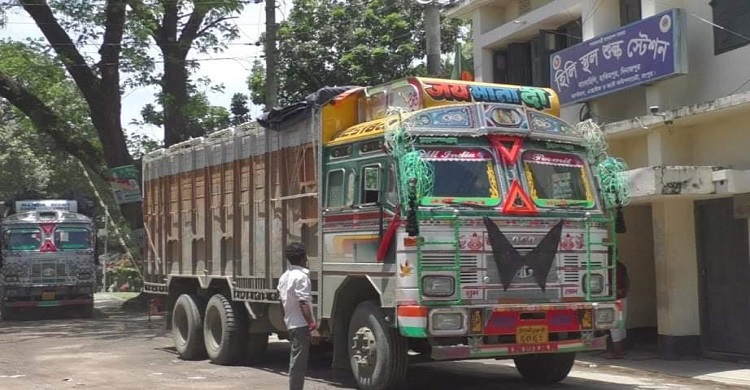




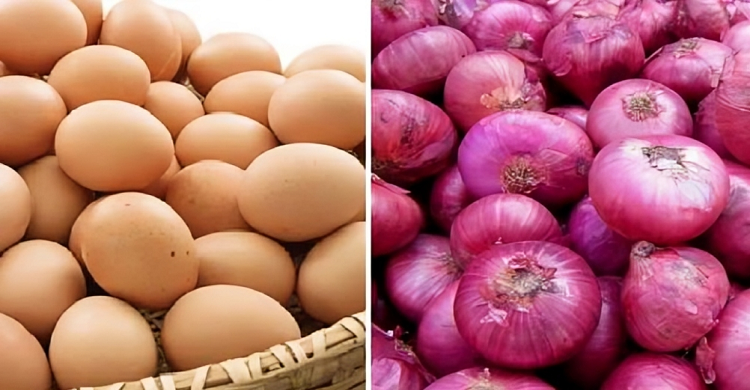






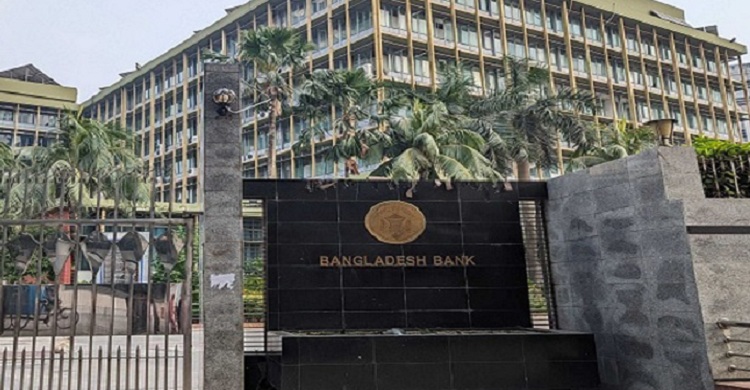
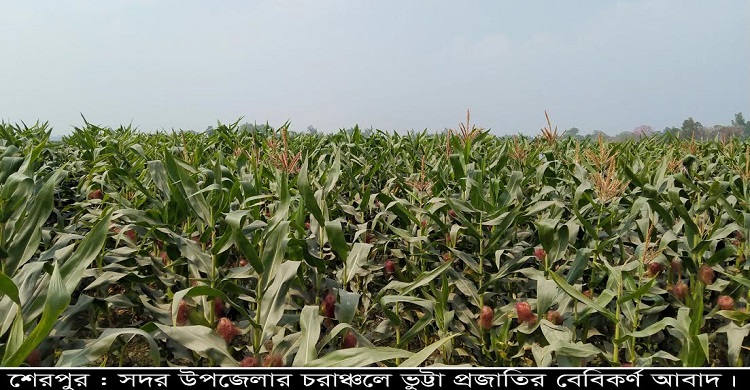

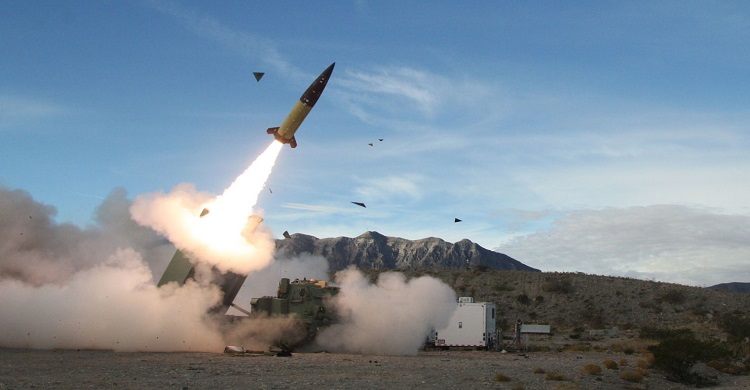






Comment ( 0)